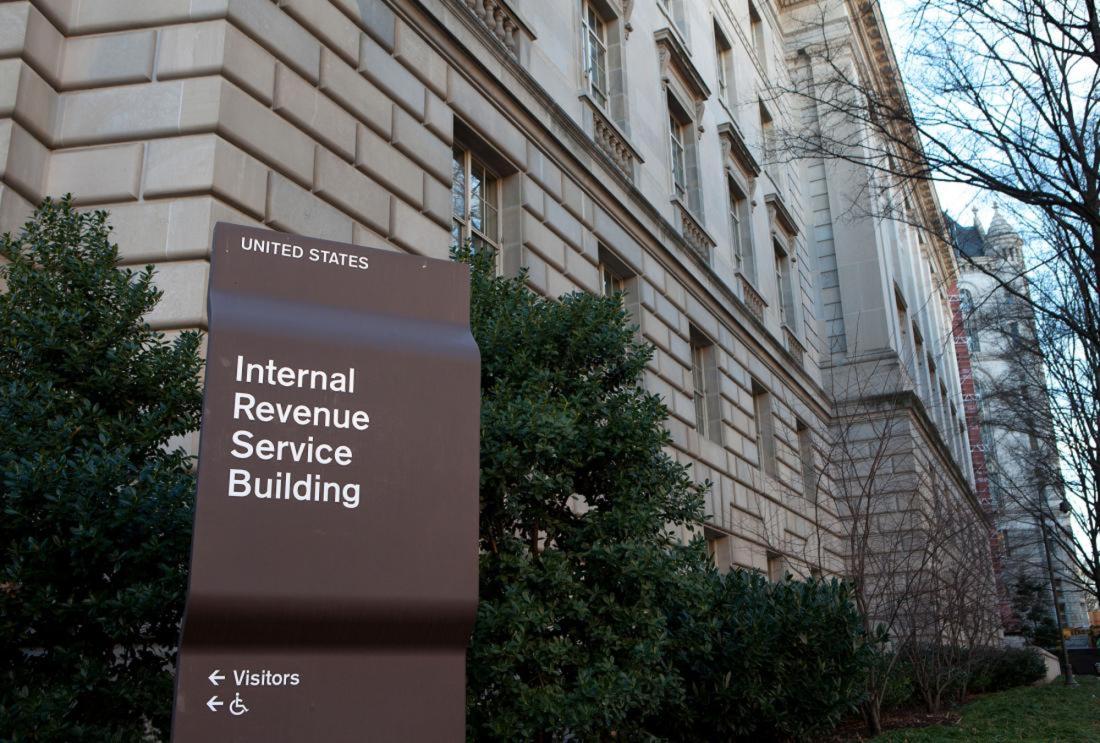Sending Reminders to Improve Tax Filing Decisions Among Low-Income Individuals in the United States
- Adults
- Families and households
- Taxation
- Information
- Nudges and reminders
This study examines how reminders to file taxes affect tax filing decisions among low-income individuals who did not appear on a filed tax return, but for which the Internal Revenue Service still had data on their income reported by a third party such as an employer. The results of two randomized evaluations demonstrate that one-time reminders increase tax filing—both to claim tax refunds as well as to voluntarily pay balances owed to the IRS. Although the effects of one-time reminders do not persist into the following tax year, follow-up reminders continue to increase tax filing, particularly among individuals who previously had to pay balances to the IRS.
Policy issue
Each year during tax filing season in the United States (usually January 15 through April 15), individual taxpayers in the United States must decide whether or not to file their tax returns for the previous calendar year. Possibly due to inattention, each year some citizens do not file—potentially costing them significant amounts in benefits. A large and growing literature in psychology and economics suggests that nonfiling caused by inattention could be prevented through well-timed reminders to file.
Context of the evaluation
There are billions of dollars of potential tax refunds and potential tax revenue at stake each year when individuals do not file their tax returns. For tax year 2012, there were roughly 39 million people who did not file.
About 4 million of these were estimated to be potentially eligible for the Earned Income Tax Credit (EITC). Since the United States tax system is structured such that low-income filers often receive a refund (for instance through the EITC), this level of nonfiling could mean that millions of low-income individuals are leaving money on the table each tax year without knowing it.

Details of the intervention
In 2014-2015, researchers conducted two randomized evaluations among a random sample of 360,000 potentially EITC-eligible people who did not file from tax years 2011 and 2012. In the first RCT, 200,000 individuals were randomly selected to receive information from the IRS on the EITC and the benefits of filing during the 2014 tax filing season. Individuals in the treatment group were randomly assigned one of six treatments: (1) an early postcard, (2) an early brochure, (3) an early postcard and a late brochure, (4) an early brochure and a late postcard, (5) an early postcard and a late postcard, or (6) an early brochure and a late brochure.
The experimental sample for the second RCT consisted of individuals in the first RCT who filed tax returns during the 2014 filing season. Of these roughly 130,000 tax returns, 30,000 were randomly selected to receive two identical experimental postcards during the 2015 tax-filing season, one month apart. The experimental postcards for the 2015 RCT were the same as those sent out in the 2014 RCT, with the wording updated to reflect 2015 tax-filing season deadlines.
For each RCT, the control group did not receive any reminders.
Results and policy lessons
Overall Impact of Reminders on Tax Filing: The results demonstrate that reminders appear to reduce inattention. In particular, in both RCTs, the treatment group had higher filing rates than the control group.
The 2014 RCT reminders raised 2013 tax year filing by 1 percentage point relative to the control group average filing rate of 36.8 percent. The treatment group was more likely to file both current and prior-year tax returns, and was more likely both to claim refunds and pay taxes owed. Notably, the treatment raised filing rates across all income levels, potential refund levels, and filing histories.
Persistence of One-Time Reminders: The effects of one-time reminders in 2014 did not persist to 2015. These results suggest that the reminders reduced inattention when they were received, but individuals did not permanently learn from the reminders.
Impact of Follow-Up Reminders: Individuals who received reminders in both the 2014 and 2015 RCTs had a 4.5 percentage point higher filing rate for tax year 2014 than individuals who received reminders in the 2014 RCT only (who had a mean filing rate of 62.9 percent in the following year) and a 4.3 percentage point higher filing rate for tax year 2014 than individuals who received no reminders at all (who had a mean filing rate of 63.5 percent).
Different Impacts Based on Balance Due in Previous Tax Year: The follow-up reminder in the 2015 RCT appeared to be particularly effective at increasing filing among those who owed taxes in the previous tax seasons (a 10.1 percentage point increase over the control group average of 47.7 percent) compared to among those who previously had no balance due or received refunds (a 3.1 percentage point increase over the control group average of 65.4 percent).
This suggests that some low-income people who did not file may have expected to pay a balance in current tax season if they paid a balance due in the previous tax season, but that this expectation was altered by the 2015 mailing stating that they may be eligible for the EITC and therefore for a tax refund. However, this reasoning may be flawed because tax situations appear to change significantly from year to year: of the people in the 2015 RCT control group who owed a balance due on their 2013 tax return, roughly 50 percent of them qualified for a refund on their 2014 tax return.
These results suggest that policy nudges may be effective at generating one-time effects, but such light-touch interventions may not generate permanent learning. Thus, to create permanent changes in behavior, nudges may have to be repeated each time consumers face the relevant decisions.
